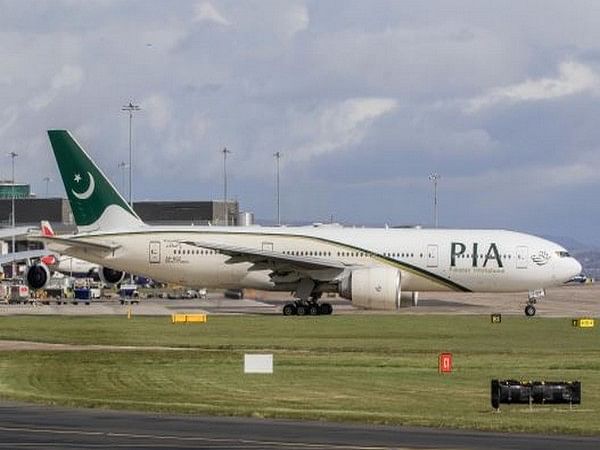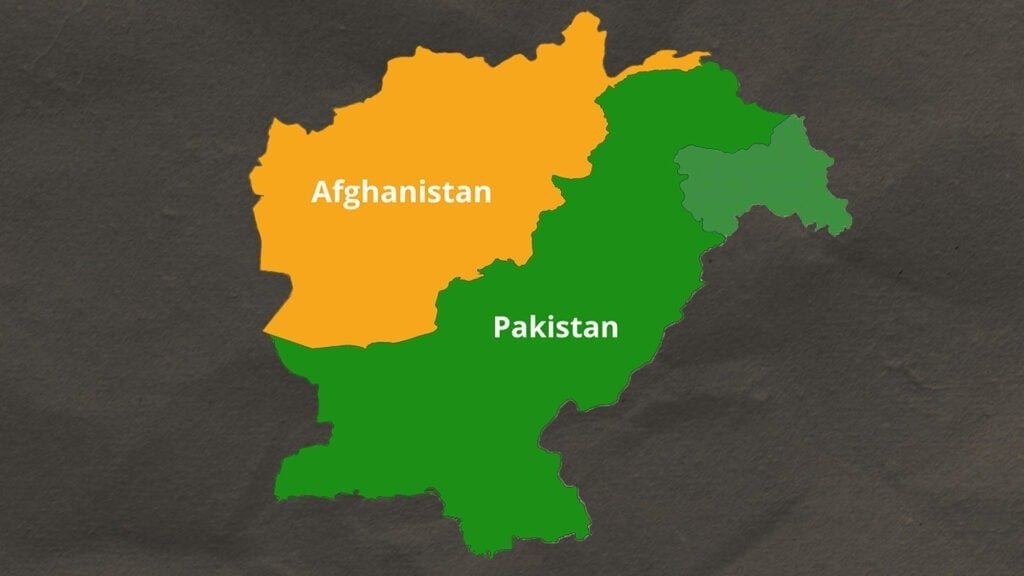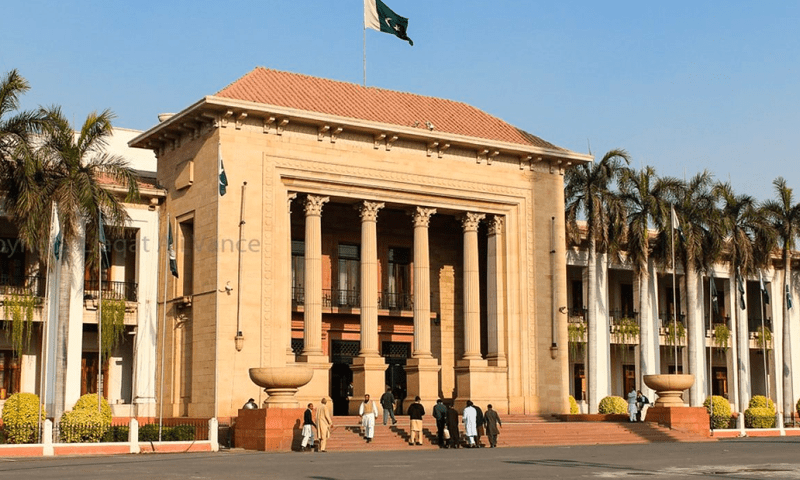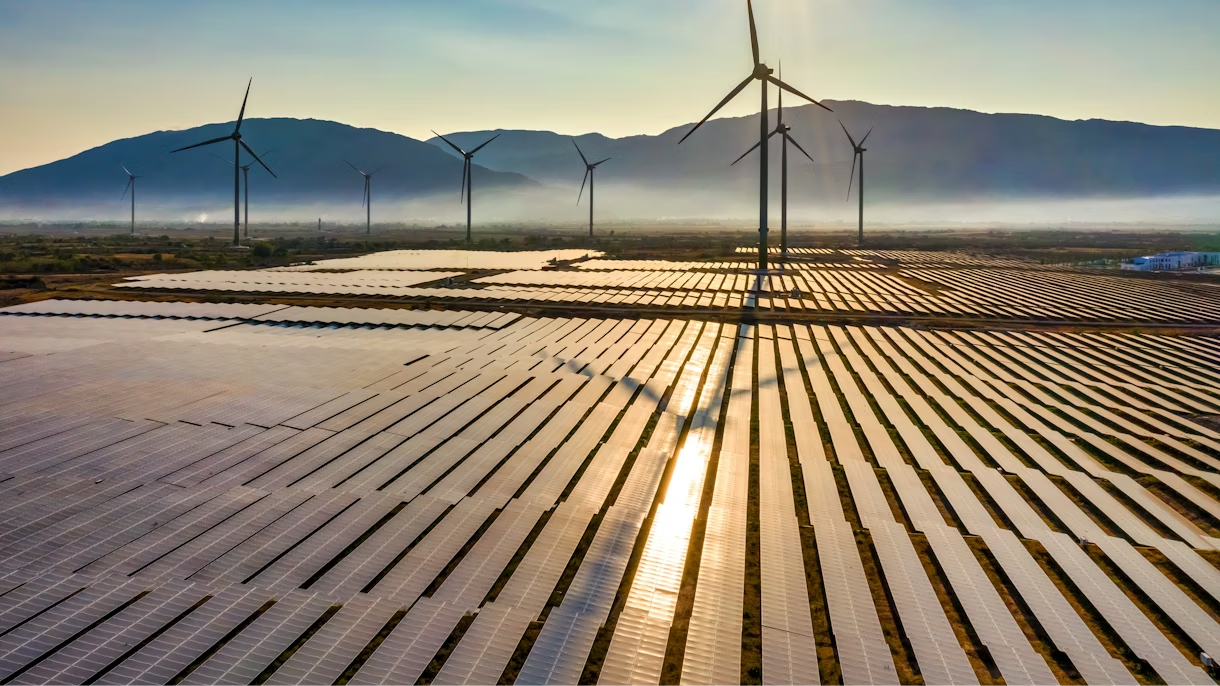Zafar Iqbal
In June 2025, Pakistan recorded a slight decrease in the Consumer Price Index (CPI), with the inflation rate dropping from 3.5 percent in May to 3.2 percent. According to the latest figures released by the Pakistan Bureau of Statistics (PBS), this modest decline is primarily due to a temporary dip in imported inflation. However, this does not signal a fundamental improvement in the country’s economy. Rather, it reflects short-term factors that cannot be mistaken for sustainable economic progress.
CPI measures the price fluctuation of both imported and locally produced goods. In Pakistan’s case, the cost of imports—particularly petroleum products—heavily influences the CPI due to the country’s dependency on foreign energy supplies. These prices are also directly impacted by the exchange rate parity and government-imposed taxes, such as the petroleum levy and the newly introduced carbon tax. Since fuel is a key input in the transport of goods and services, its cost directly affects inflation across various sectors.
Over the past year, the exchange rate has remained relatively stable. This is largely due to the International Monetary Fund’s (IMF) insistence that Pakistan maintain a flexible exchange rate to absorb external shocks and rebuild foreign reserves. While the difference between the interbank and open market rates appears to meet IMF guidelines, market observers and international partners remain skeptical. There are growing concerns that the government may be artificially managing the rupee’s value. These suspicions are compounded by the fact that Pakistan’s foreign exchange reserves are largely debt-based. As of 20 June 2025, the country’s reserves stood at $9.06 billion, with $16 billion of those tied up in rollovers from friendly nations.
Another anomaly lies in how the CPI is calculated. PBS assigns a weight of 23.63 percent to a basket of utility-related items—including electricity, gas, water, and fuels. However, a closer look reveals that liquid hydrocarbons like crude oil and petroleum are assigned a disproportionately low weight of just 0.9994, while solid fuels such as firewood, coal, and dried dung carry a much higher weight of 4.4761. This distortion does not align with the realities of urban energy consumption and raises questions about data accuracy. The IMF has also raised similar concerns. In its October 2024 Staff Report, it highlighted deficiencies in Pakistan’s national accounts and public finance statistics, particularly noting data weaknesses in sectors that make up nearly one-third of GDP.
Core inflation, which excludes volatile food and energy prices and is a key metric for the State Bank of Pakistan’s Monetary Policy Committee (MPC), fell to 6.8 percent in June from 7.3 percent in May and 8.2 percent in April. During the PTI government, Pakistan agreed with the IMF to link monetary policy decisions to CPI instead of core inflation. It remains unclear whether the current administration has reverted to using core inflation as a benchmark. This ambiguity is significant because policy rate adjustments in recent months appear inconsistent. For example, the policy rate remained at 12 percent from January to early May, even as CPI fell to 0.3 percent in April. It was then cut to 11 percent in May—only for CPI to rise again to 3.5 percent. Meanwhile, core inflation only declined marginally, by 0.1 percent. In light of these inconsistencies, the IMF has recommended that the central bank base its rate decisions more clearly on macroeconomic indicators to enhance credibility.
Please, subscribe to the YouTube channel of republicpolicy.com
Looking ahead, inflationary pressures are expected to resurface. This is due to several administrative actions already agreed upon with the IMF, including the rationalization of utility tariffs to achieve full cost recovery, and the implementation of tight monetary and fiscal policies. Unfortunately, these measures are being enacted at a time when poverty in the country has reached alarming levels.
According to the World Bank, Pakistan’s poverty rate has now climbed to 44.2 percent—a figure comparable to some of the poorest nations in Sub-Saharan Africa. In this context, continuing to implement IMF-mandated reforms without corresponding poverty alleviation strategies could deepen economic disparities. The government must adopt a dual-track approach: one that balances fiscal discipline with strong, targeted social protection programs. Moreover, the IMF needs to be convinced that sustainable development requires not just macroeconomic stability, but also policies that protect the country’s most vulnerable populations.
In summary, the slight dip in inflation seen in June 2025 is not a sign of recovery but a temporary pause in a much larger and more complex economic challenge. Without structural reforms, greater data transparency, and a people-centric economic framework, these marginal gains will quickly be erased by rising costs and social unrest. What Pakistan urgently needs is a strategic shift—from short-term fixes to long-term, inclusive growth anchored in equity, stability, and reform. Otherwise, each wave of inflation will only deepen the burden on its citizens and push the country further away from economic resilience.















